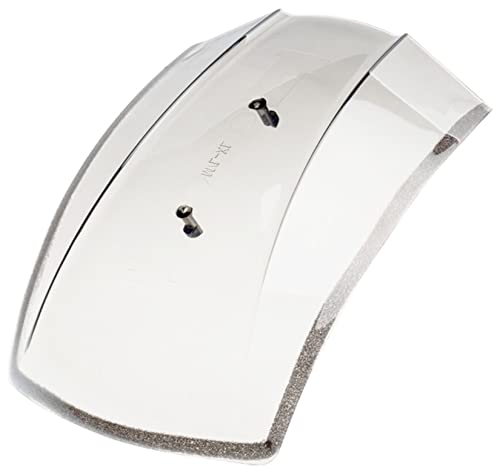Waiting for the info on the fuel injectors from Injector Experts in Ohio. The owner is an older gent like me. Last piece of the puzzle at this time. Cleaning up the bike, securing wiring and such, thinking of next wiring upgrade, yes going to redo what has been done - using the "better mouse trap syndrome", have a better mouse trap in mind.
Progressing my document on EFI Understanding - Explanation, now some 79 pages. I want this document to be different from the EFI handbooks, a more personal experience and journey.
There are no speed shops or tuning specialists on the Island so I have to become my own tuning expert. Putting this document together as well as having done some others (there are mistakes/misconceptions in them, only a few though) has improved my understanding of an EFI system immensely. It will be a while before I am finished with this document. Each review has me editing the information, correlating the information between the various sections. Going to look at some of my earlier musings and determine what if anything can be incorporated.
I've been putting together the interrelationship(s) between the various components, how these affect the tuning process. It's the what is it, what does it do, what does it interact with, the why and when all this is done. Takes a lot of the angst out of the equation. In doing this I have found a lot of information regarding best practice(s) as well.
Cheers
Progressing my document on EFI Understanding - Explanation, now some 79 pages. I want this document to be different from the EFI handbooks, a more personal experience and journey.
There are no speed shops or tuning specialists on the Island so I have to become my own tuning expert. Putting this document together as well as having done some others (there are mistakes/misconceptions in them, only a few though) has improved my understanding of an EFI system immensely. It will be a while before I am finished with this document. Each review has me editing the information, correlating the information between the various sections. Going to look at some of my earlier musings and determine what if anything can be incorporated.
I've been putting together the interrelationship(s) between the various components, how these affect the tuning process. It's the what is it, what does it do, what does it interact with, the why and when all this is done. Takes a lot of the angst out of the equation. In doing this I have found a lot of information regarding best practice(s) as well.
Cheers
















































